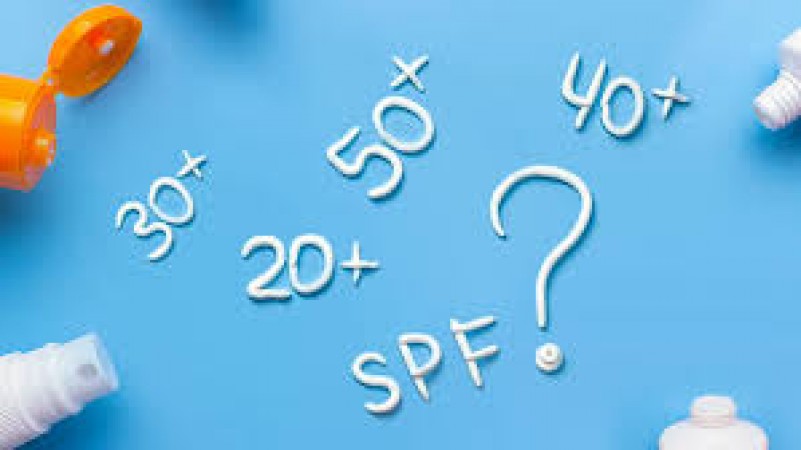
Sun protection is essential for maintaining healthy skin and reducing the risk of sunburn, premature aging, and skin cancer. One of the primary factors to consider when choosing a sunscreen is its Sun Protection Factor (SPF). SPF is a measure of the product's ability to shield the skin from harmful ultraviolet (UV) radiation. Understanding the concept of Sun Protection Factor (SPF) is vital for making informed choices about sunscreens and protecting your skin from the harmful effects of UV radiation. Remember to select a broad-spectrum sunscreen with an appropriate SPF, apply it generously, and complement it with other sun protection measures for optimal skin health. Prioritize sun safety to enjoy the outdoors while safeguarding your skin against sun damage and maintaining its natural radiance.
Sun Protection Factor, or SPF, is a numerical rating that indicates how effectively a sunscreen can protect the skin from UVB rays, the type of ultraviolet radiation responsible for sunburn. The SPF value represents the multiplication factor by which the skin's natural protection time against sunburn is extended when sunscreen is applied. UV radiation is divided into three categories: UVA, UVB, and UVC. UVA rays penetrate deep into the skin, contributing to premature aging, while UVB rays primarily affect the outer layers, causing sunburn. UVC rays are absorbed by the Earth's atmosphere and do not reach the skin's surface. SPF measures the protection against UVB rays. For example, an SPF 30 sunscreen allows you to stay in the sun 30 times longer than without protection before experiencing sunburn. However, it's important to note that SPF does not directly measure protection against UVA rays, which can cause long-term skin damage.
When choosing a sunscreen, consider the following factors:
Look for sunscreens labeled "broad-spectrum," which indicates protection against both UVA and UVB rays. Ensuring broad-spectrum coverage is crucial for comprehensive sun protection. To maintain effective sun protection, reapply sunscreen every two hours or immediately after swimming or sweating excessively. Use an adequate amount of sunscreen to cover all exposed areas of the skin. While sunscreen is crucial, it should be combined with other sun protection strategies, such as seeking shade during peak sun hours, wearing protective clothing, including wide-brimmed hats and UV-blocking sunglasses.
also read - Is the entire family using the same soap? So be aware of these details
Unlock Your Natural Beauty: Expert Tips for Health and Radiance
Enhance Your Natural Beauty: The Definitive Makeup Tutorial for You